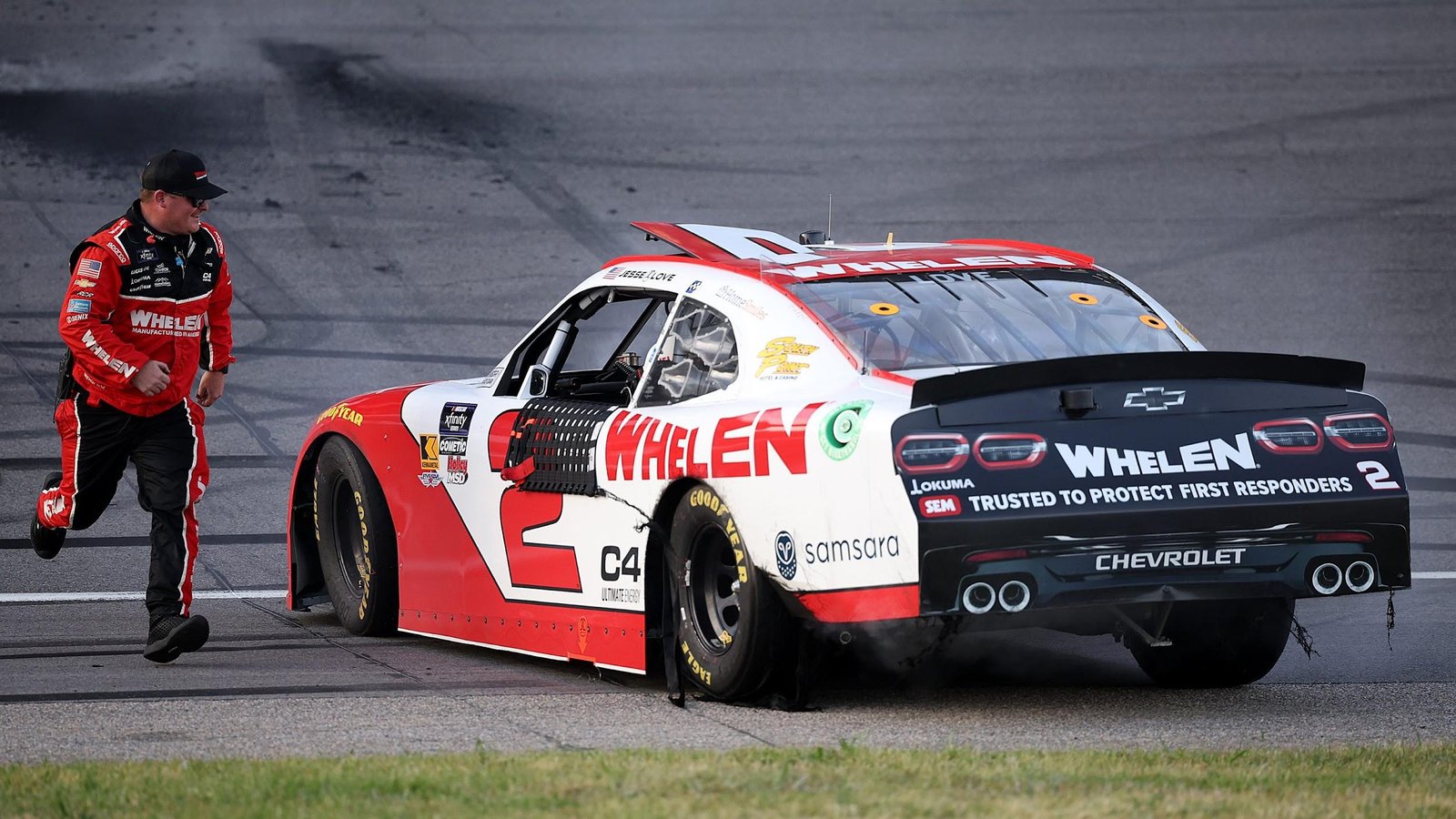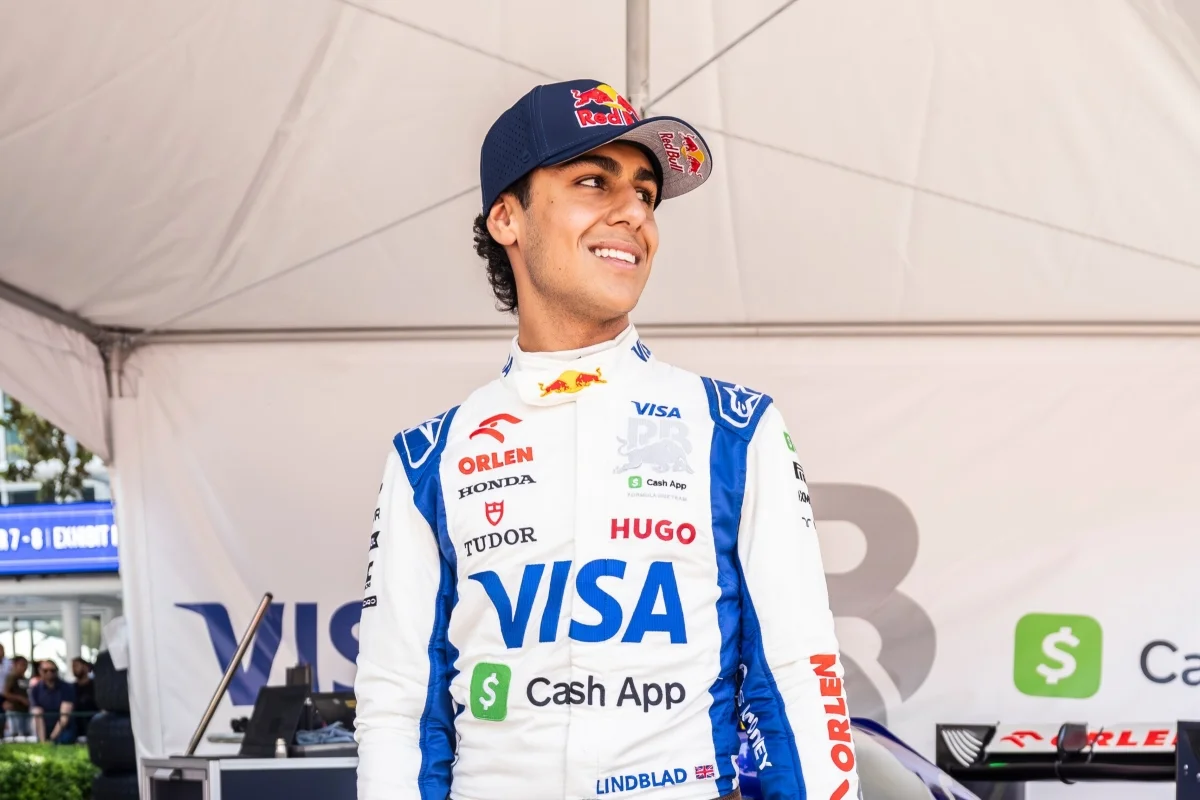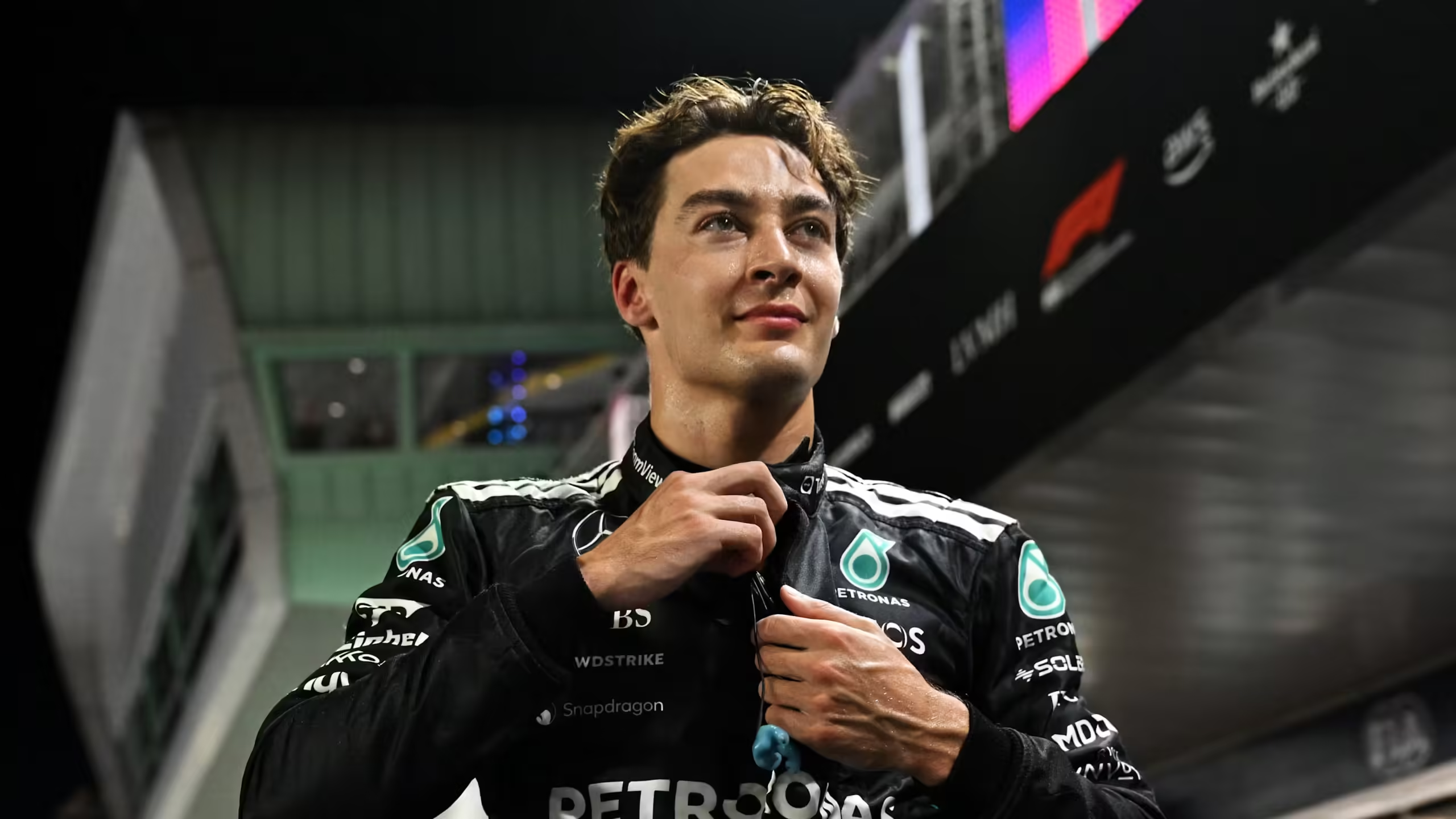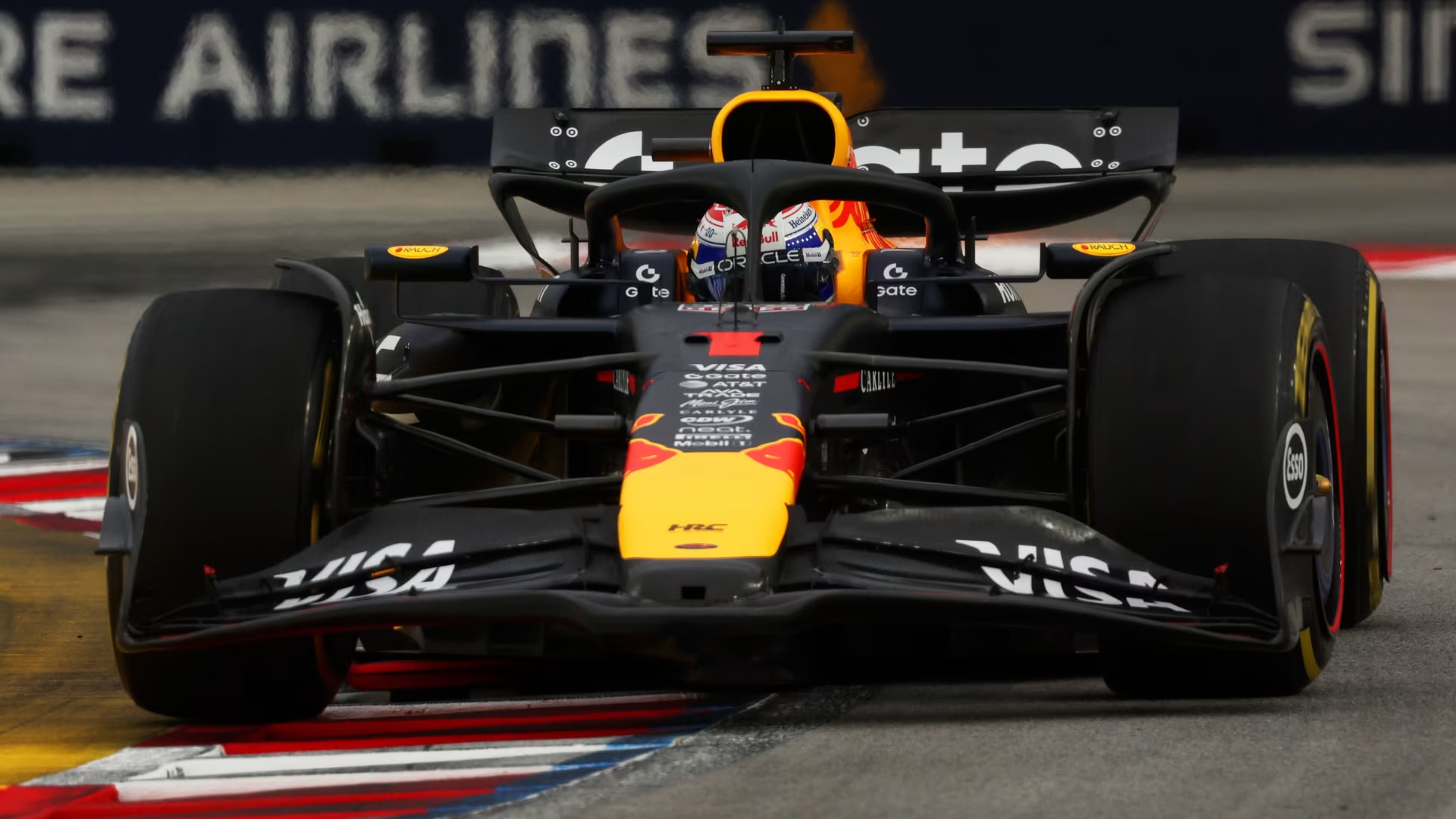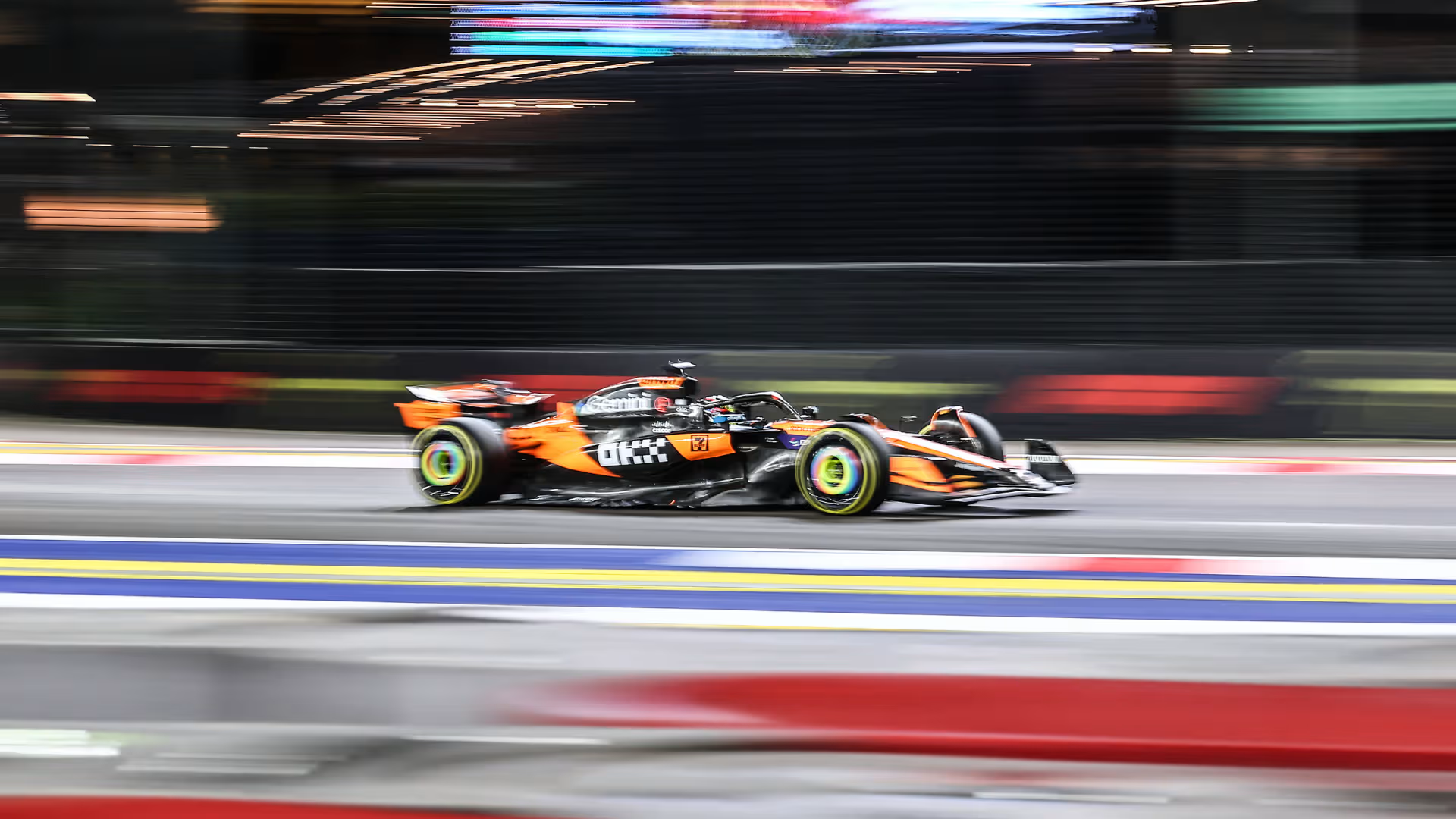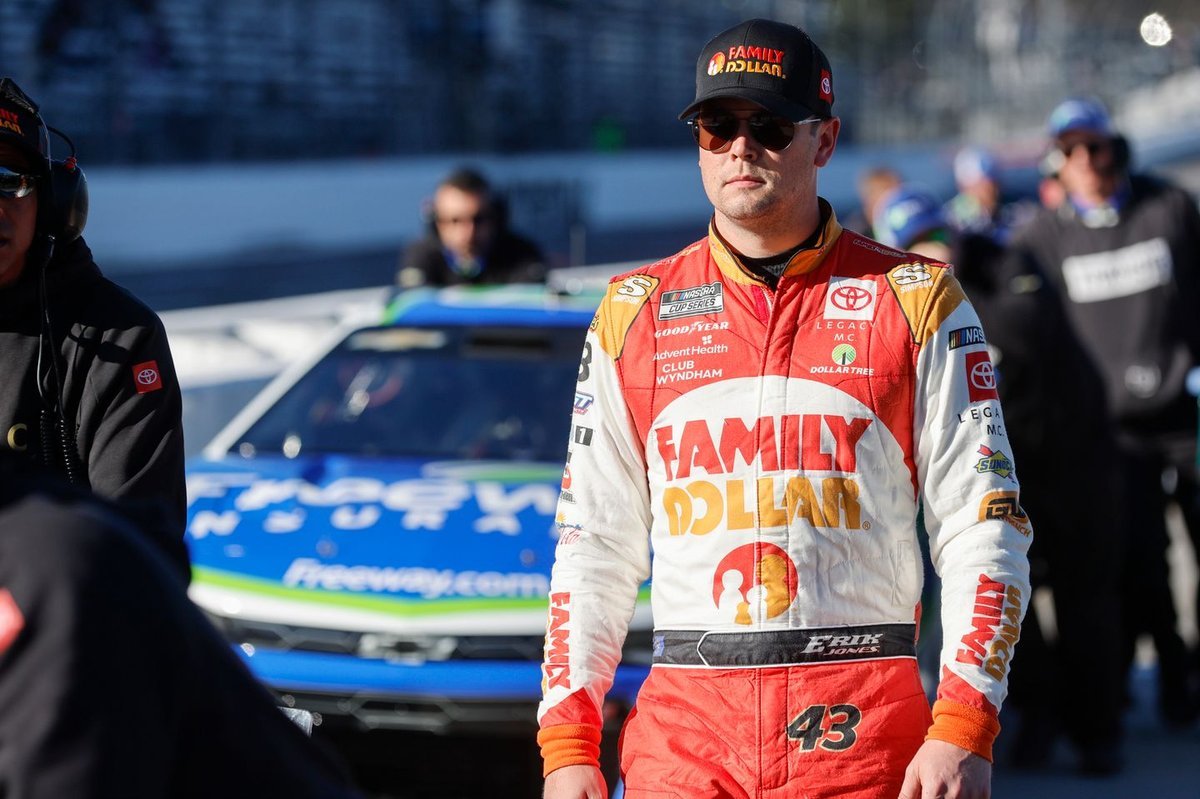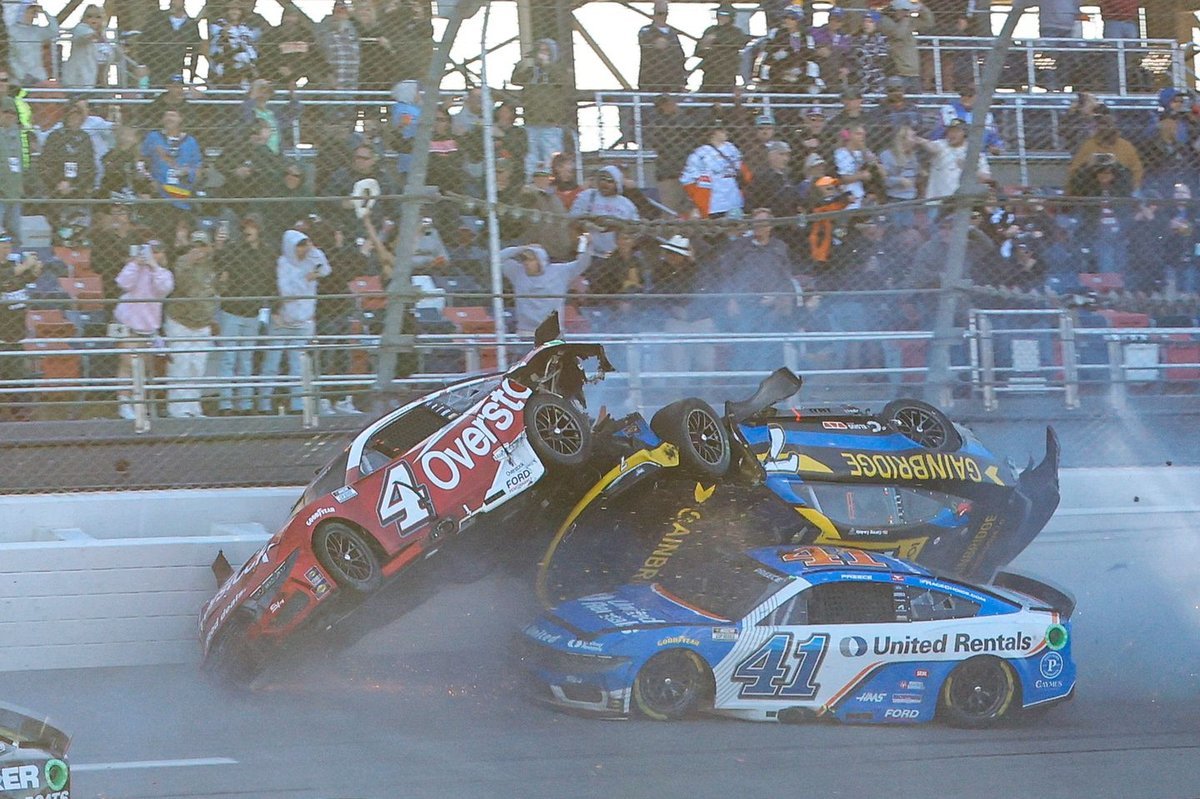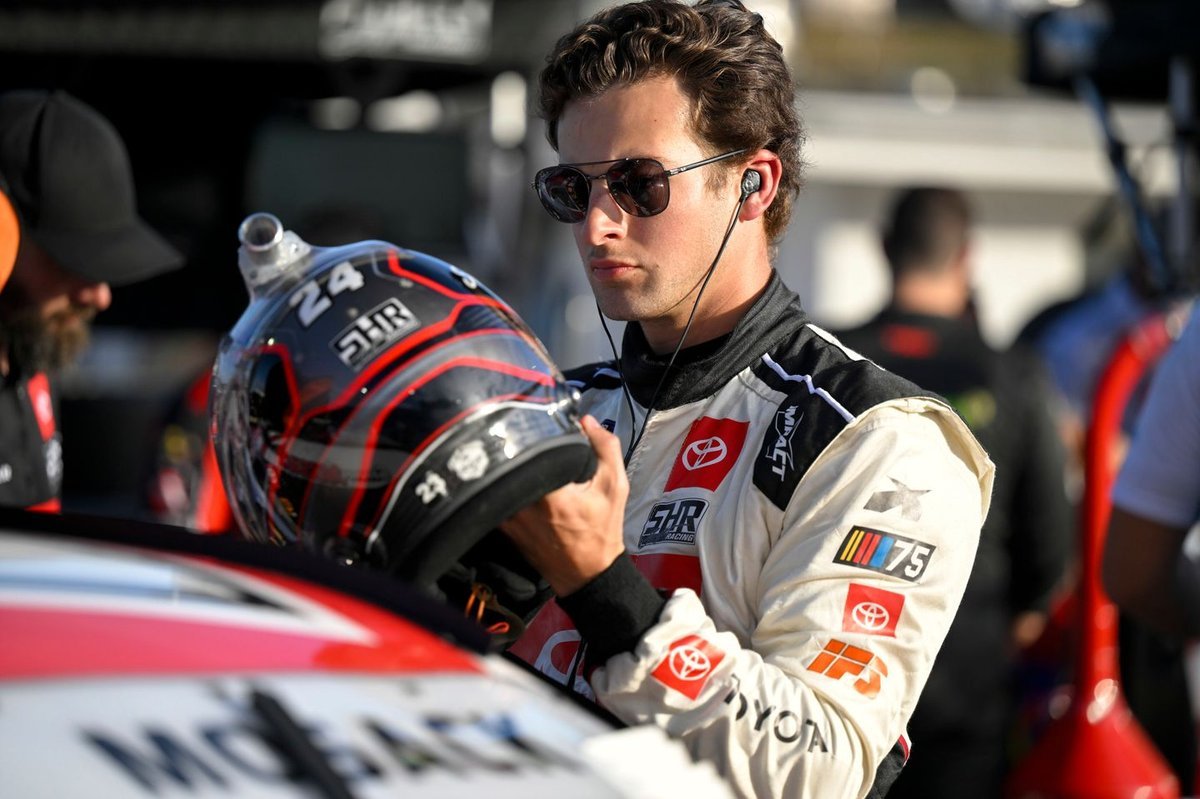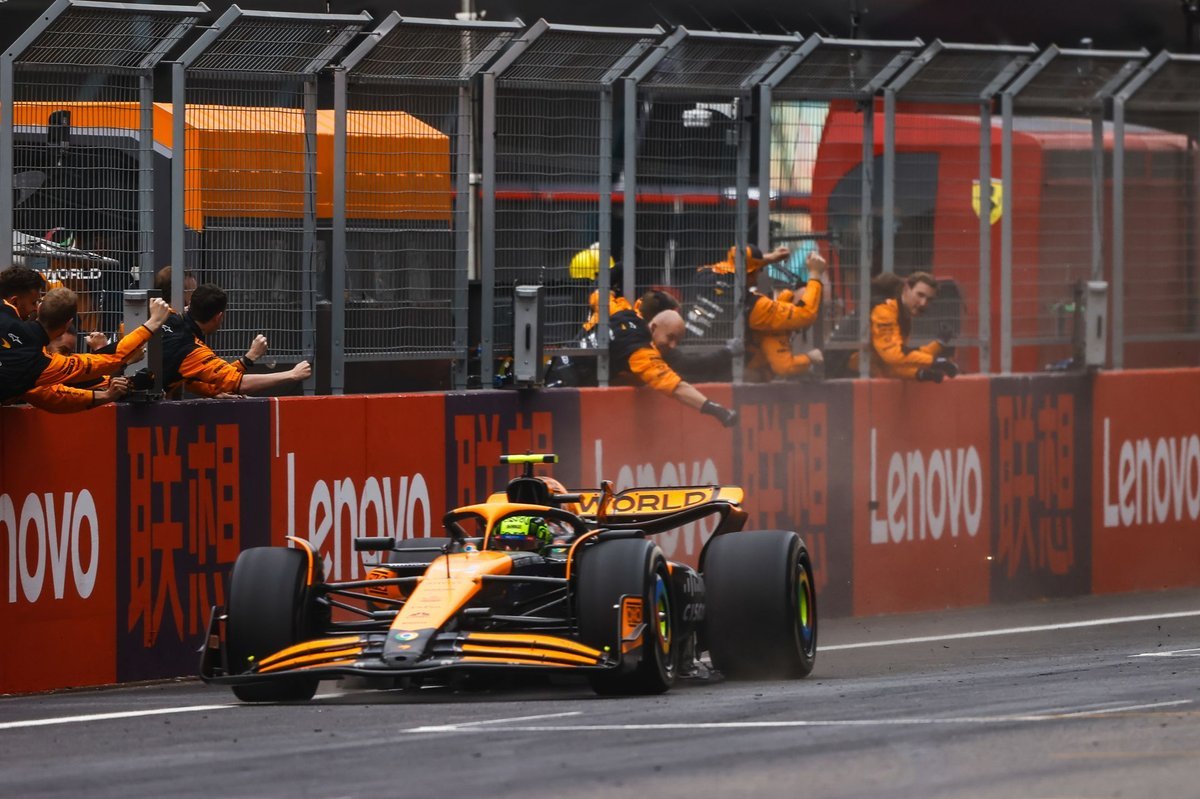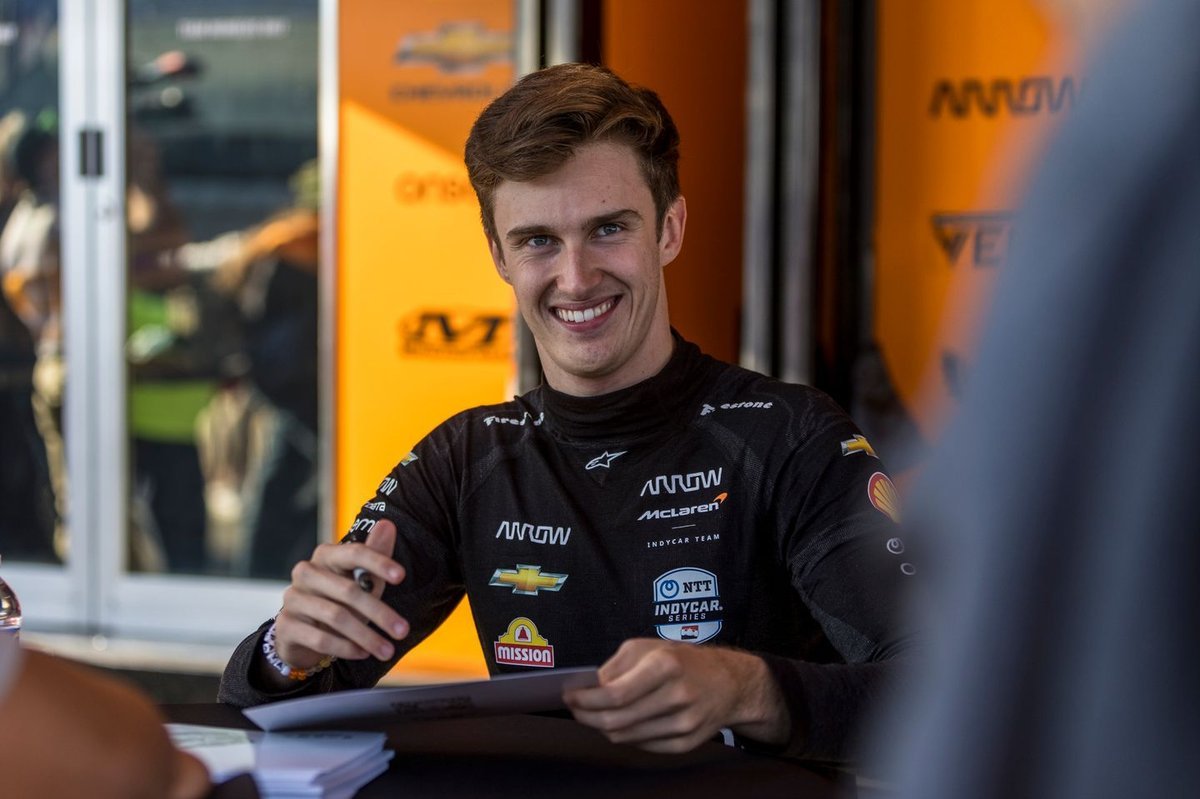For years, the NASCAR governing body has had to deal with multiple NASCAR appeals on penalties from teams, which have rarely been overturned. But, why has that happened?
It’s because whenever the situation arises, NASCAR shows the rules to its drivers and teams, who are left with no alternative but to – mostly – accept the decision.
Jesse Love’s disqualification from his apparent victory at the NASCAR Xfinity Series in Rockingham has brought the spotlight back to the rigorous appealing process that NASCAR teams have to go through.
Richard Childress Racing, which fields Love’s car, has already announced plans to appeal the decision. But how exactly does NASCAR’s appeal process work? And, how much hope should teams have?
How does the NASCAR appeal process work?
Rules enforcement is strict in NASCAR, and penalties are swift. But understanding the rules is critical for teams, drivers, and fans alike. But, why was Jesse Love disqualified? Who makes the decisions and what lies ahead for Jesse Love and his team?
Jesse Love crossed the finish line first in Rockingham, seemingly scoring a milestone win early in his Xfinity Series career. But upon a post-race inspection failure, NASCAR officials disqualified Love’s car for a technical infraction, stripping him of the win and handing the victory to the next eligible finisher, Sammy Smith of JR Motorsports.
These are moments that stir intense debate in the NASCAR community. Was the infraction severe enough to warrant such a penalty? Can the ruling be overturned? That’s where we meet the NASCAR appeals process – a structured but rarely reversed mechanism that gives teams a formal chance to contest the ruling.
How does the NASCAR appeal process work?
Rules enforcement is strict in NASCAR, and penalties are swift. But understanding the rules is critical for teams, drivers, and fans alike. But, why was Jesse Love disqualified? Who makes the decisions and what lies ahead for Jesse Love and his team?
Jesse Love crossed the finish line first in Rockingham, seemingly scoring a milestone win early in his Xfinity Series career. But upon a post-race inspection failure, NASCAR officials disqualified Love’s car for a technical infraction, stripping him of the win and handing the victory to the next eligible finisher, Sammy Smith of JR Motorsports.
These are moments that stir intense debate in the NASCAR community. Was the infraction severe enough to warrant such a penalty? Can the ruling be overturned? That’s where we meet the NASCAR appeals process – a structured but rarely reversed mechanism that gives teams a formal chance to contest the ruling.
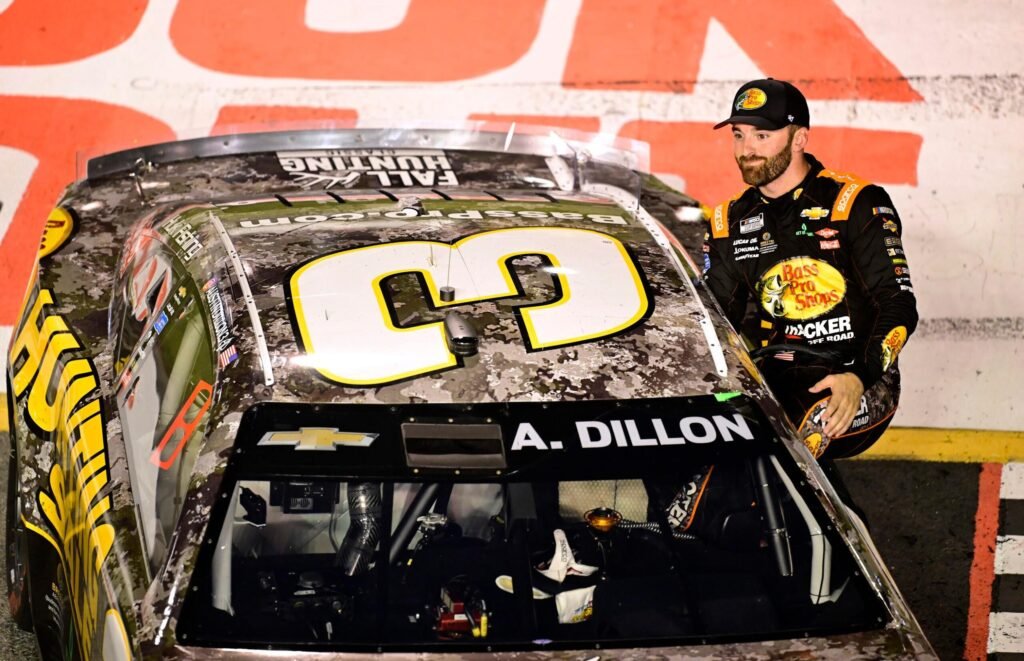
Step 1: Filing the appeal
The NASCAR appeals process begins with a penalty, especially a race disqualification. For decisions that directly affect championship points and results, teams must notify NASCAR of their intention to appeal within 24 hours. For other penalties, the window can extend up to 3 business days.
In Jesse Love’s case, Richard Childress Racing acted quickly.
Step 2: Scheduling the appeal
After an appeal is formally lodged, NASCAR schedules a hearing within 30 days unless it’s especially expedited. Expedited appeals can be considered when urgency is a factor, such as in cases of disqualification that affect championship standings.
The first line of review falls to the National Motorsports Appeals Panel (NMPA). The NMPA aren’t a fixed group. They are a rotating three-person panel made up of independent volunteers. These individuals usually involve former drivers, industry veterans, or even professionals from completely unrelated fields, all selected by an Appeal Administrator.
The NMPA acts as an impartial panel tasked with hearing arguments from both NASCAR and the penalised team/driver, following which they come to a unanimous decision.
Step 3: Day of the appeal
At the appeal, which takes behind closed doors, certain rules are followed:
- Legal counsel, i.e. lawyers are prohibited during the hearing, keeping the process focused on the facts.
- NASCAR sends its officials and the appealing team brings its representatives.
- Each side presents documentation, data, or physical parts, and answers questions from the panel.
Once all arguments have been made, the NMPA deliberates privately and delivers one of three verdicts after explaining its rationale:
- Uphold the penalty
- Rescind the penalty entirely
- Amend the penalty (i.e., reduce points/fines or adjust suspensions)
Step 4: Final Appeals Officer (FAO)
If the decision doesn’t go in their favour, NASCAR teams can take the appeal to the Final Appeals Officer (FAO), who acts as the supreme authority in the appeal chain.
However, the rules change at this level:
- In the first appeal, NASCAR bears the burden of proof
- Before the FAO, the appellant must prove NASCAR was wrong
Previous run-in with NASCAR
The Jesse Love incident isn’t Richard Childress Racing’s first appeal against NASCAR. During the 2024 Cup Series season, they had appealed Austin Dillon’s post-Richmond penalty to the FAO, trying to preserve his playoff position. While they didn’t win, it showed the lengths they were willing to go to back their drivers.
Overturning a NASCAR penalty is uncommon, it’s not impossible. In 2024, Joe Gibbs Racing were successful with a NASCAR rule violation appeal, when Chase Briscoe’s pole-winning car was flagged for infractions at Daytona 500. The NMPA rescinded all penalties, proving that the system, while rigorous, isn’t stacked entirely in NASCAR’s favour.

Outcome of the Richard Childress Racing appeal
Jesse Love, and Richard Childress Racing, however, didn’t have the same luck, as the NMPA upheld NASCAR’s original decision, citing a violation of rule 14.14.2 related to the rear suspension. They found that the mating surfaces between the truck trailing arm and the U-bolt saddle on Love’s No. 2 Chevrolet were not in contact, as required.
The panel clarified that it couldn’t determine whether the infraction was intentional or accidental, but ultimately concluded the violation had occurred, which upheld the disqualification.
With no further appeals allowed in disqualification cases, this ruling is final, and a harsh reminder of how strictly the technical regulations are enforced in NASCAR and how difficult it is to overturn a penalty.
The NASCAR appeal process may be challenging, but it’s an essential part of maintaining fairness in a highly regulated sport. It provides teams with a legitimate path to contest decisions, even if success is rare. Whether a team walks away vindicated or disappointed, the system ensures that every significant ruling gets a second look.

